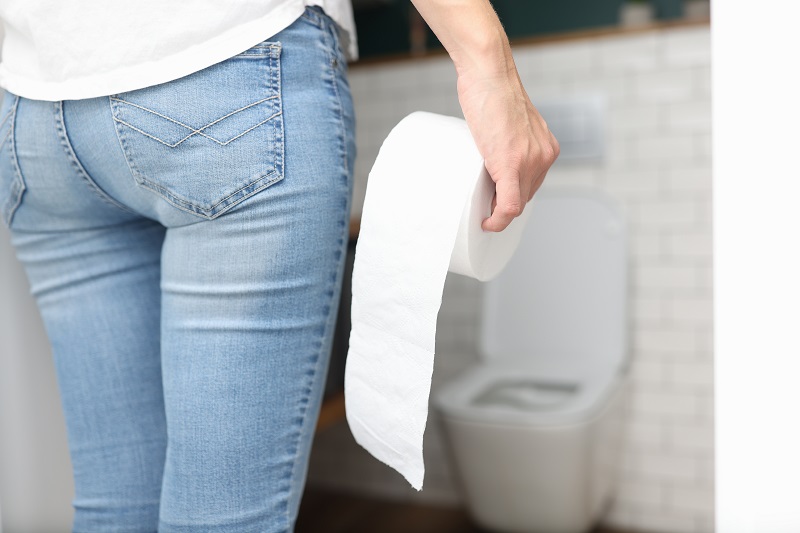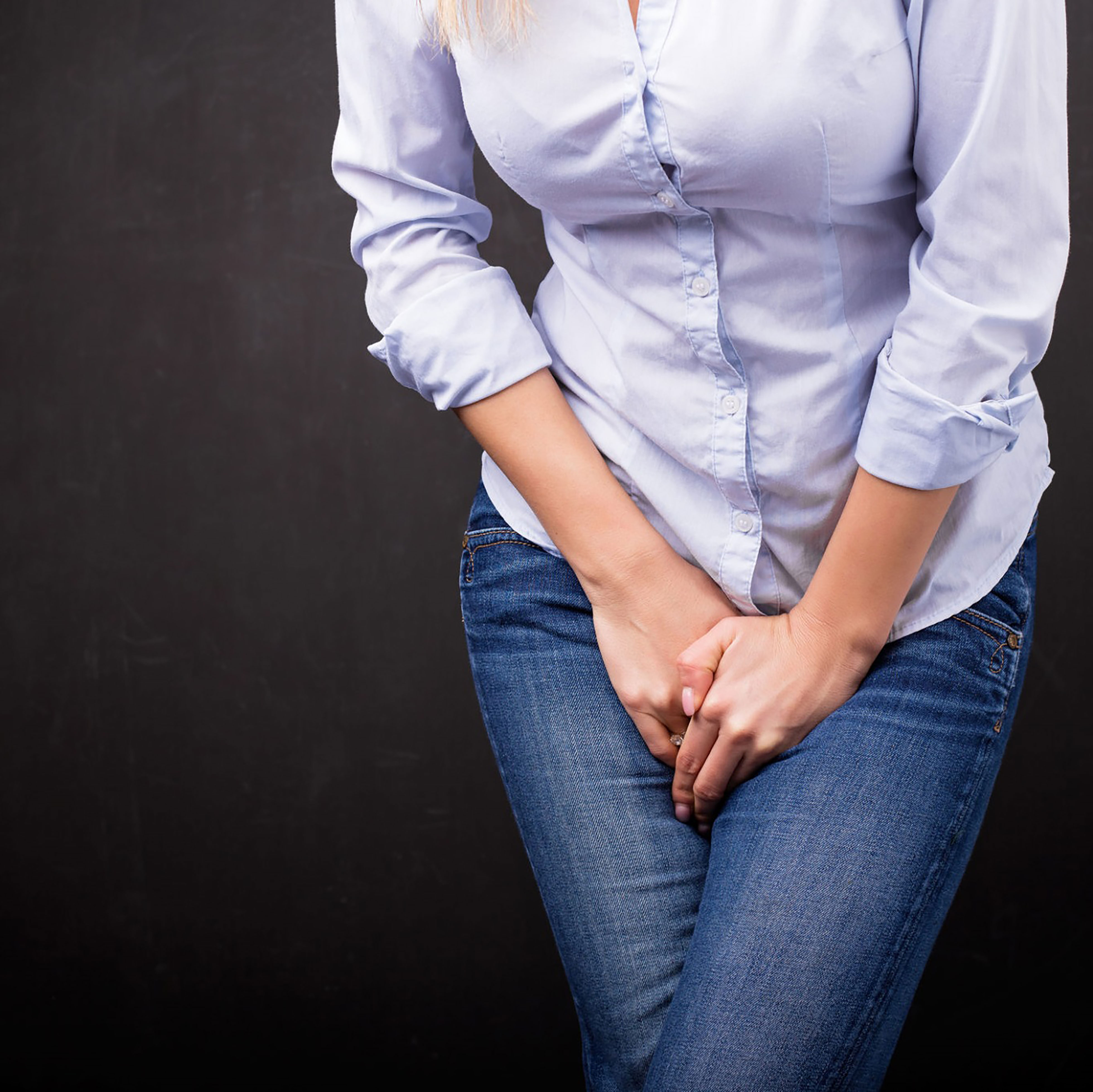I Have An Overactive Bladder, What Should I Do?

March 09, 2023
Nina P. Bhatia, M.D., a urogynecologist at Bayshore Medical Center and Old Bridge Medical Center who specializes in treating pelvic floor conditions in women, says, “It is a common condition that tends to get worse with age, and can affect a person’s quality of life.”
Why do I have urinary incontinence?
There are several reasons that can cause incontinence, including:
- Damage to nerves that control the bladder from diseases
- Examples: Parkinson’s disease, diabetes, multiple sclerosis
- Weakened bladder or pelvic floor muscles
- Pregnancy and childbirth
- Diseases that prevent one from going to the bathroom in time
- Example: arthritis, difficulty with mobility
- Urinary tract infections
- Vaginal infections or irritations
- Overactive bladder muscles
- Pelvic organ prolapse
- Occurs when pelvic organs such as the bladder, uterus or rectum shift out of their normal position and move into the vagina or anus. When they are out of place, these pelvic organs cannot work properly, causing urine to leak
- Constipation
What are the types of urinary incontinence?
There are many different types of urinary incontinence that can vary depending on the cause and symptoms:
- Functional incontinence
- Cause: having trouble getting to the bathroom due to functional body issues such as arthritis
- Who’s affected? Older people who have normal bladder control
- Urge incontinence
- Cause: having a sudden urge to urinate and cannot control or hold in their urine long enough to get to the bathroom
- Who’s affected? Men and women of all ages, with or without any other medical conditions. Can also affect people with diseases such as diabetes, Alzheimer’s, Parkinson’s, multiple sclerosis or have experienced a stroke
- Overflow incontinence
- Cause: having a bladder that is always full, causing small amounts of urine to leak out
- Who’s affected? Women with prolapse who cannot empty their bladder; women with diabetes, MS, spinal cord injuries, or other nerve related conditions
- Stress incontinence
- Cause: pressure on the bladder due to exercise, coughing, laughing, sneezing or lifting heavy objects
- Who’s affected? Younger or middle-aged women affected from pregnancy or childbirth,or women at a later stage in life, who are going through menopause
What are the treatment options?
Treatment can vary depending on the type of incontinence you have, and how serious it is. Talk to your health care provider to diagnose your incontinence type and find the best treatment that fits your lifestyle. For more information on urinary incontinence, you might need to see a urogynecologist for more help and treatment options.
Treatments for Mild Symptoms/Conditions
- Pelvic muscle exercise
- Vaginal estrogen cream
- Can sometimes relieve urge or stress incontinence
- Scheduling times to urinate
- Urgency suppression
- Controlling strong urges to urinate by distracting yourself, talking deep breaths, holding still or squeezing your pelvic floor muscles
Treatments for Moderate Symptoms/Conditions
- Medication
- Pelvic floor physical therapy or biofeedback sensors that can help you regain control of your muscles and bladder
- Bulking agents
- To help close the bladder opening, which can help with stress incontinence
- Botox
- To help decrease over activity of the bladder muscles, thereby decreasing urinary urgency, frequency, and urge urinary incontinence
Treatment for Severe Symptoms/Conditions
- Surgery
- Slings to support the urethra to treat and often cure stress incontinence
- Nerve stimulation to improve the signals between the bladder muscles and nerves to decrease overactive bladder
- Medical devices such as a vaginal pessary ring, or catheters
“Some behavioral and lifestyle changes can be effective in treating urinary incontinence as well. Weight loss, drinking more water and cutting back on other beverages, quitting smoking, avoiding alcohol and limiting drinks before going to sleep can all help with some bladder issues,” adds Dr. Bhatia.
Bladder control products may help in finding relief as well, including disposable briefs or underwear, furniture pads or bladder control supplements.
If you are not feeling relieved through your course of treatment, talk to your health care provider about trying a different method to help with your symptoms.
Next Steps & Resources:
- Our source: Nina P. Bhatia, M.D.
- To make an appointment with a health care provider near you, call 800-822-8905 or visit our website.
The material provided through HealthU is intended to be used as general information only and should not replace the advice of your physician. Always consult your physician for individual care.







